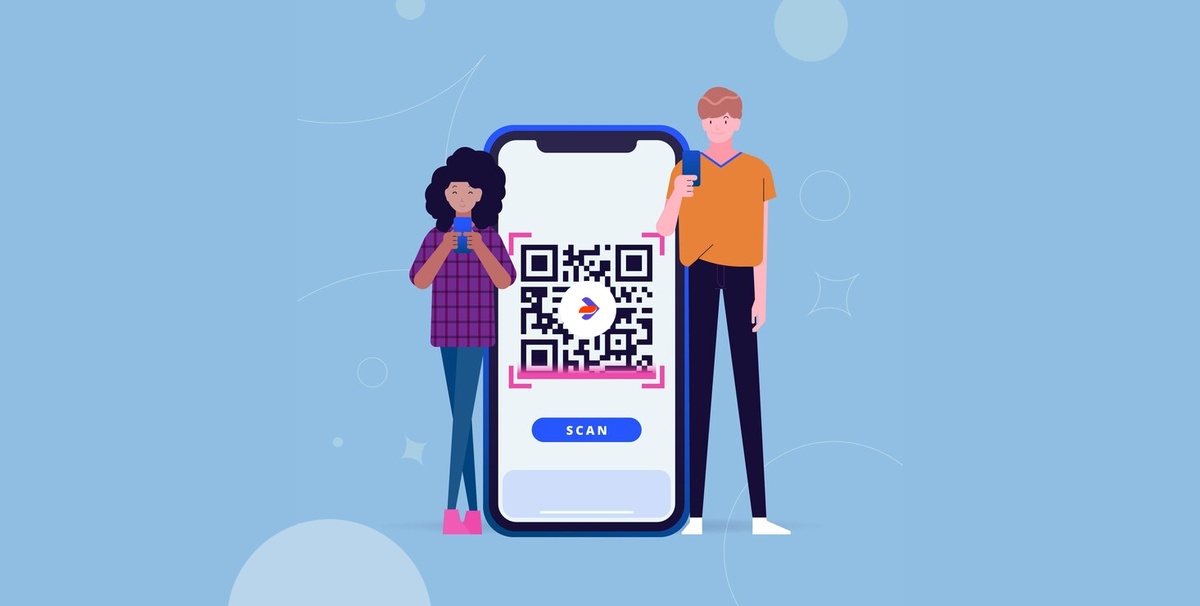QR codes, those small squares made of seemingly random patterns, have become an integral part of marketing, retail, and customer engagement. Custom QR codes, with their unique designs and branding elements, offer an even more engaging way to connect with customers. But how can you measure the success of a custom QR code campaign? In this blog, we will explore key metrics, best practices, and tools to help you understand and evaluate the performance of your QR code campaigns.
Understanding Custom QR Code Campaigns
Custom QR codes serve a wide range of purposes. They can link to websites, social media profiles, product pages, or even specific information like contact details. The custom aspect involves branding, where you can incorporate logos, colors, and shapes that align with your brand's identity. To measure the success of a custom QR code campaign, you need to consider what you aim to achieve with the code and how you can quantify those goals.
Setting Campaign Objectives
Before you can measure success, you need to define what success looks like. This starts with setting clear objectives for your QR code campaign. Are you aiming to:
- Drive traffic to a website or landing page?
- Increase social media engagement?
- Gather customer information or leads?
- Promote a product or service?
- Enhance customer experience at an event?
Having a clear objective allows you to determine the relevant metrics to track.
Key Metrics for Measuring QR Code Success
To measure the success of a custom QR code campaign, focus on these key metrics:
-
Scan Rate: This is the number of times your QR code has been scanned. A high scan rate indicates that people are interested in engaging with your code. This metric can also be used to compare the effectiveness of different QR code placements or designs.
-
Unique Scans: This metric indicates the number of unique users who have scanned your QR code. It helps you understand the reach of your campaign and whether it's attracting a diverse audience.
-
Conversion Rate: This is the percentage of people who take a desired action after scanning your QR code. This could be making a purchase, signing up for a newsletter, or following you on social media. A high conversion rate indicates that your QR code campaign is effective in driving desired outcomes.
-
Time and Location Data: Tracking when and where your QR codes are scanned provides insights into user behavior and engagement patterns. You can identify peak times for scanning and determine which locations are most effective for QR code placement.
-
Bounce Rate: If your QR code links to a website or landing page, tracking the bounce rate (the percentage of users who leave the page without taking action) helps you gauge the quality of the linked content.
-
Customer Feedback: Collect feedback from users who scan your QR code. This could be through surveys, social media interactions, or direct communication. Feedback provides qualitative insights into the effectiveness of your campaign and areas for improvement.
Tools for Tracking QR Code Campaigns
To measure the success of your QR code campaigns, you'll need tracking tools and analytics platforms. Here are some common tools used to track QR code performance:
-
QR Code Generators with Analytics: Many QR code generators offer built-in tracking and analytics features. These tools allow you to track scan rates, unique scans, location data, and more. Popular QR code generators with analytics include QR Code Generator, Beaconstac, and QR Code Monkey.
-
Google Analytics: If your QR code links to a website or landing page, Google Analytics provides detailed insights into user behavior, conversion rates, bounce rates, and more. You can set up specific goals and events to track QR code-related activity.
-
UTM Parameters: To track QR code-related traffic in Google Analytics, use UTM parameters. These are snippets of text added to URLs to identify the source, medium, and campaign name. This helps you segment traffic from QR codes and measure their impact on your marketing efforts.
Best Practices for Maximizing QR Code Success
To ensure the success of your custom QR code campaign, consider the following best practices:
-
Clear Call to Action: Clearly indicate what users can expect when they scan your QR code. A compelling call to action increases the likelihood of engagement.
-
Optimize Design and Placement: Ensure your custom QR code is visually appealing and aligns with your brand's identity. Place it in high-visibility areas and test different placements to find the most effective spots.
-
Test Functionality: Before launching your campaign, test your QR codes to ensure they work across various devices and QR code readers.
-
Promote and Educate: Promote your QR code campaign through social media, email marketing, and other channels. Educate users on how to scan QR codes and what benefits they offer.
-
Monitor and Adjust: Continuously monitor your QR code campaign's performance and make adjustments as needed. Experiment with different designs, placements, and linked content to optimize results.
Conclusion
Measuring the success of a custom QR code campaign involves tracking a range of metrics, from scan rates to conversion rates. By setting clear objectives, using appropriate tracking tools, and following best practices, you can ensure your QR code campaigns deliver the desired results. Custom QR codes offer a unique way to engage with customers and create memorable experiences—measuring their success is the key to unlocking their full potential.


No comments yet